Officially Now Under a Storm Warning, Here is What You Already Should Have Done to Prepare, What To do, and What to Expect
Live Map of Tropical Storm/Hurricane Hermine
Some Definitions first
Tropical Storm Watch: An announcement that tropical-storm conditions are possible within the specified area within 48 hours of the announcement.
Hurricane Watch: An announcement that hurricane conditions are possible within the specified area within 48 hours of the announcement.
Tropical Storm Warning: An announcement that tropical-storm conditions are expected within the specified area within 48 hours of the announcement.
Hurricane Warning: An announcement that hurricane conditions are expected within the specified area within 48 hours of the announcement.
How to be prepared (i.e., things you should have already done)
When the storm is bearing down on you and you’re under a storm watch or warning it may be already too late to do many of the things you should have.
Yourself and your loved ones
- Don’t plan to stick around if you don’t know what you’re doing (seriously). There are always a few idiots having a hurricane party or morons watching the breakers at the beach who end up getting themselves dead right there status.
- Keep your cell charged and get a decent supplemental battery. Keep that old cell around incase you break your existing one and can swap the SIM card.
- Get a high power flashlight.
- Memorize how to signal “SOS”, the International Morse code distress signal (· · · – – – · · ·), with your flashlight or using handheld radios.
- Get several emergency personal water filters. They can be used to drink water from nearly any source.
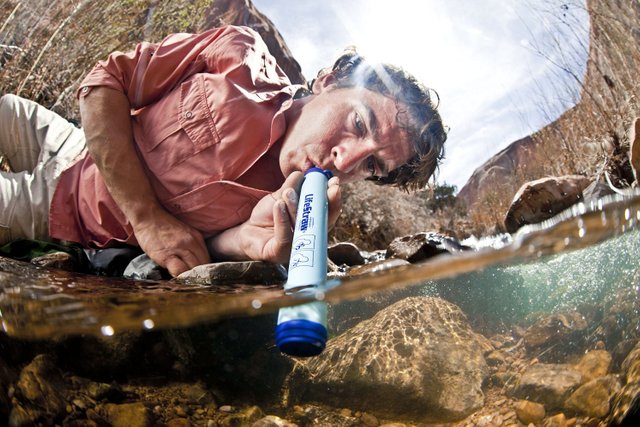
(amazon.com) - Get a flare gun or emergency signal launcher.
- Get a quality automatic life jacket for each person. It should have automatic and manual inflation capabilities. It should be US Coast Guard approved. The one linked here states as a feature “Aerodynamic 3D chassis reduces drag at high speeds”. Important if you’re in high winds or rough water.
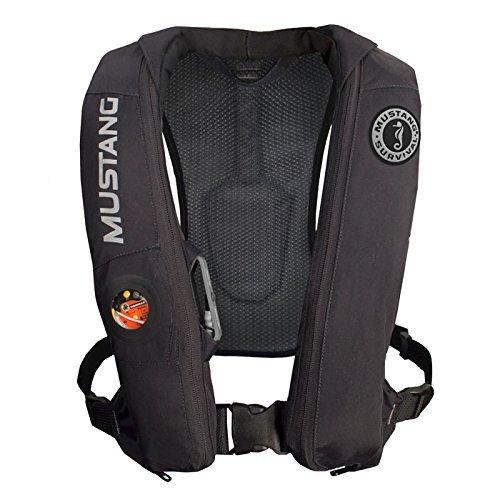
(amazon.com) - Get a quality, floating, waterproof handheld VHF radio and keep it charged. You can always talk to others and talk to the USCG if needed.
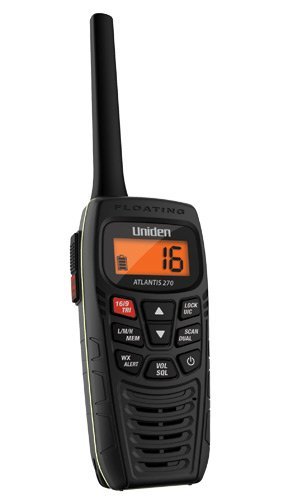
(amazon.com) - Get lexan impact resistant eye protection such as motorcycle goggles, safety goggles, or combat goggles. You can’t see in 140 mph wind. You really can’t see with debris in that wind.
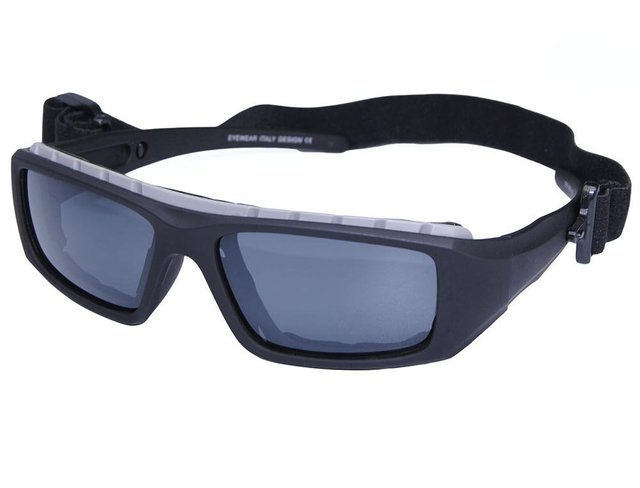
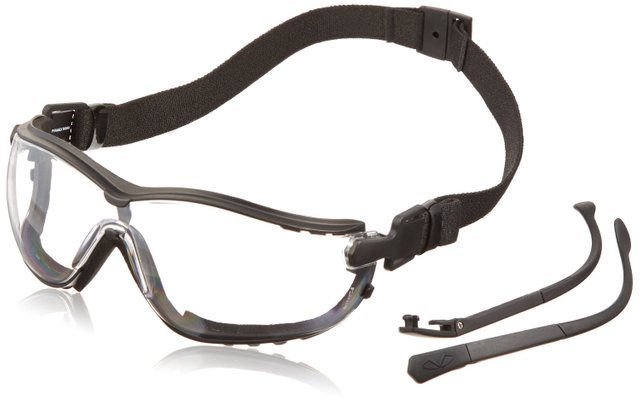
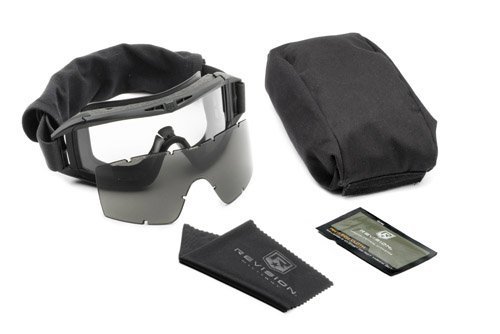
(all amazon.com) - Get an emergency knife. It should be sturdy enough for prying things apart, should have a line cutter, and you should tie a lanyard on it to attach to yourself or to a flotation device.

(amazon.com) - Get an emergency signal whistle and a safety air horn.
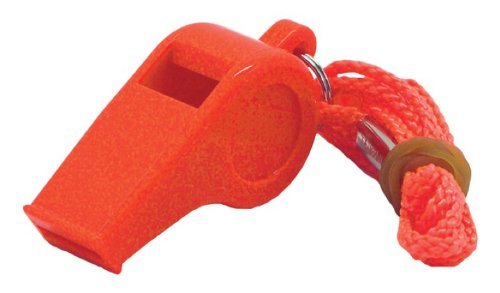
The home
- If you own your home, you should have flood insurance whether required or not.
- If you rent, have renters insurance.
- Have a “ditch bag” with all the stuff you might need ready to go at all times.
- Have a list of what is irreplaceable and must evacuate with you. Make sure it will all fit in the car
- Keep the materials on hand to board up windows. Make sure you have a plan and the means to put them in place. It’s next to impossible to hold a piece of plywood and fasten it in place while on a ladder with even a slight breeze
- Get a bath tub water storage system.
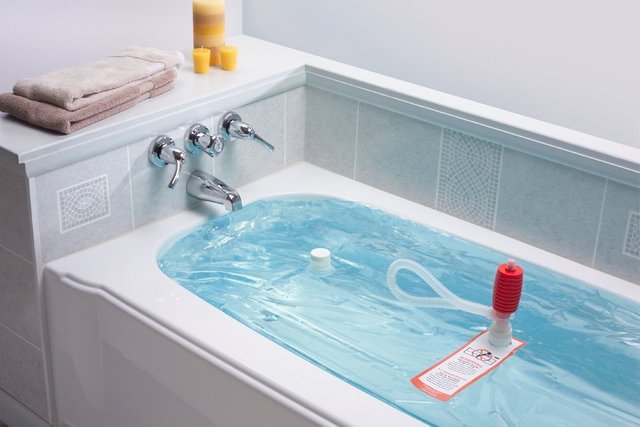
(amazon.com) - Keep the freezers and fridges filled. Not only to store supplies, but a freezer filled with frozen goods stays cold much longer than an empty one.
- Get a fuel efficient inverter generator and enough ethanol free or ethanol fuel conditioner treated gas on hand to last several days (for most inverter generators this means 10-20 gallons).
- Have an electrician install a generator transfer switch so you can simply plug your generator in and power the house if needed.
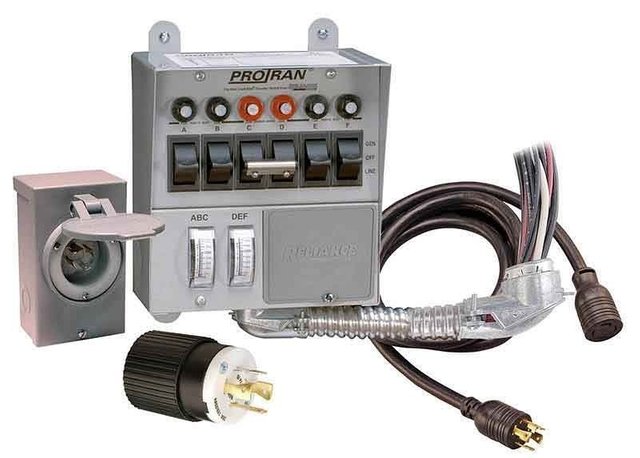
(amazon.com) - Have several hundred feet of climbing rope on hand.
- Keep trees within reach of the home healthy and trim back any potentially dangerous limbs. If the tree is not health or on its way out, have it removed.
- Get several quality heavy duty waterproof tarps if needed.
- Get a chainsaw and know how to safely use it. Get several sealed cans of premixed fuel to go with it.
- Get hand saws for use if needed.
The vehicles
- Get a hybrid. Gas pumps often run dry, power is lost, and a 3 hour run up the interstate can now take in excess of 48 hours… been there, done that.
- Keep your vehicle full at all times.
- Get a receiver hitch on the vehicle, and get a hitch basket. They provide extra storage, and more importantly they provide an external storage for a extra fuel.
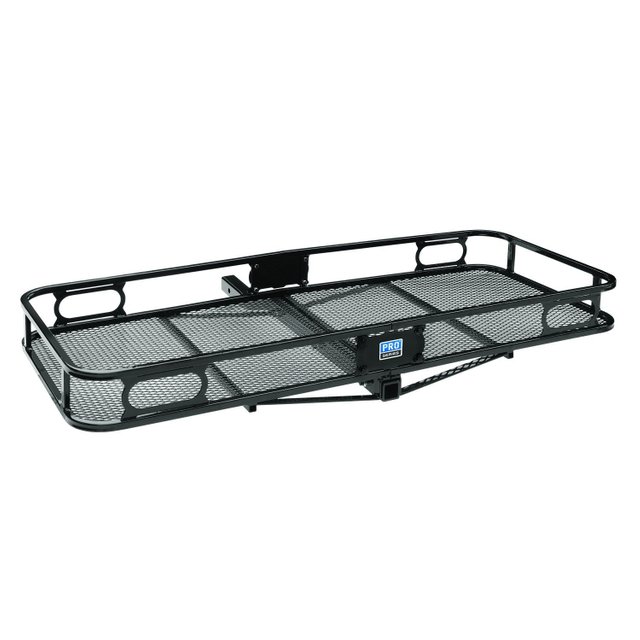
(amazon.com) - Pack a sleeping bag and tent. Hotels will be booked full. You may be sleeping on the side of the interstate.
- Keep a handgun in the vehicle. There are predators that take advantage of the situation.
- Keep a case or large jug of water in the vehicle.
- Get a few handheld radios. Something along the lines of these. Note, you CANNOT broadcast on a UHF radio without a license. You can listen and hear alerts, weather conditions, etc.
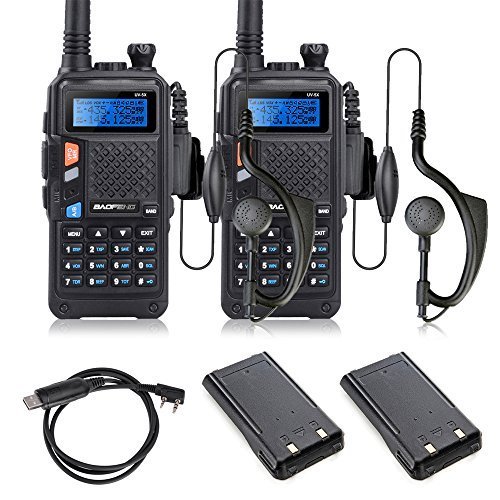
(amazon.com) - Get a portable solar power system and keep it in the vehicle. It can provide emergency power if needed.
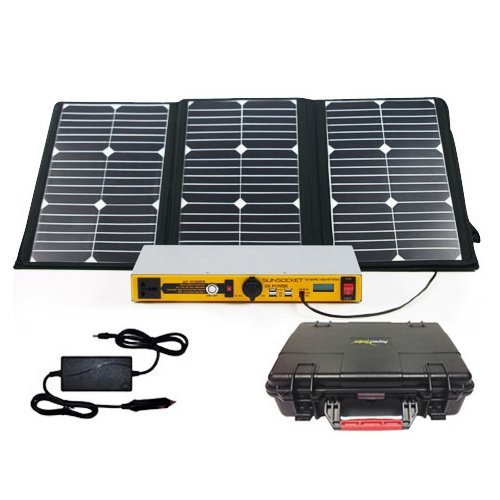
(amazon.com)
Pets
- Take them with you. Boarding places typically will not accept pets or will have incredible fees.
- Have at least a week’s worth of food on your pack list. In a pinch they can eat most people food.
- If your pet is the anxious type during storms, make sure you have medication on hand to keep them calm and easier to deal with.
If you’re gonna stay
First, better not to stay, especially if there is a mandatory evacuation… but sometimes you can’t leave, or the risk to you is low enough, or you try to leave but all roads out are gridlocked and the wind is starting to blow… I’ve had all three happen.
Often folks who live on their boat need to ride out a storm to protect their vessel. Heading up river and throwing multiple anchors is a safe way to do so.
Yourself and your loved ones
- Put on and keep on that nice and comfortable automatic life jacket you purchased.
- Keep that handheld VHF, emergency knife and whistle on your person at all times.
- If you must go outside during the storm, wear a helmet. High speed objects can kill you.
- Know how to ask for help on a VHF radio. Channel 16 is the general purpose distress channel.
- “Pan-pan” is the call to signal there is an urgent situation or emergency, but the time being there is no immediate danger to anyone's life.
- “Mayday” is the call to signal an urgent situation or emergency where there is immediate threat to life.
- The call goes as follows: Announce the call three times. Say “This is” and identify yourself (if on a vessel the vessel identify, if at your home state your name and address). Repeat the identification three times. Then say WHO you are, *WHERE you are, WHAT is wrong (nature of distress or difficulty), KIND of assistance desired, NUMBER of persons aboard and condition of any injured, your listening radio frequency, and what survival equipment available to you.
- So for example: “Pan-pan, pan-pan, pan-pan. This is identification. This is identification. This is identification. I am my name. I am at my location. I have storm surge flooding at my location with minor flooding in my home. I don’t need assistance at this time. There are 4 people here including myself. 36 year old male, 34 year old female, 6 year old male, 4 year old female, all unharmed. I am listening on channel 16. I have basic first aid and life jackets on hand.”
- Stay in a structurally strong part of the home… this means hallways, doorways, etc… anything where there are strong load bearing structures around you.
- Stay away from windows and doors.
- Know exactly where your evacuation routes are. There’s a reason there are the dumb signs that show the emergency exit. If the house starts collapsing you might find yourself confused and scared.
- Keep a firearm handy. After a major storm it is essentially anarchy and looting is rampant. In most states it is lawful to use deadly force against looters, but check with your local laws.
The Home
Time to button down the hatches.
- Fill all the tubs with water. Water may be unavailable or contaminated after the storm. Well water included as storm surges can cause salt water and/or sewage infiltration.
- If you have a boat on a trailer and flooding is expected strap it to the trailer. Then you have two choices… lay out an anchor line and hope it will hold in a flood, or pull the plug and if it floods the boat will “sink” in place.
- If there is flooding or significant water intrusion consider cutting the main breaker power.
- Keep the house locked up and make it appear occupied after the storm. Looters are often a major problem.
The vehicles
If it’s a real storm your vehicles are probably all fucked. Sorry… should have left.
- Vehicles will float in a storm surge. Make sure they aren’t somewhere where they will cause significant damage or injury when they do.
- Park them on the highest ground available to you away from trees. If a golf course is nearby they are great for this.
Pets
In my personal opinion, whenever possible they go where you go. Keep them in the same room with you. Crate them if needed. Bring them inside and don’t let them outside during the storm.
What a storm is like
There is always the proverbial “calm before the storm”. This is your last chance to evacuate or hunker down. Depending on how the storm hits your experience may be different.
Eastern seaboard, Eastern Gulf coast of Mexico/Texas
If the storm passes north of you, you will get the weakest winds and little or no flooding. Good news for you.
For a direct hit you will likely get some storm surge from the storm’s northside winds pushing water inland. You’ll get the most powerful winds going in a general south to southwest direction first. Then you will get the eye of the storm. The wind and rain will abruptly stop entirely. Its very eerie. Go outside if you want but stay close by your shelter. Assess for damage to the home and surroundings. Pay attention to any trees and note if any appear leaning. When the next phase starts the compromised trees will be pushed in the opposite direction, now being in a general north to northeast, and those trees will likely come down. Seen it several times.
For a storm that passes south of you, hold on tight. You’re going to get the most powerful winds coming off the ocean and pushing the worst of the storm surge your way. There will be no breaks in the storm. You’ll just have to ride it out.
Gulf Coast of Florida
If the storm passes south of you, you will get the weakest winds and little or no flooding. Good news for you.
For a direct hit you will likely get some storm surge from the storm’s southside winds pushing water inland. You’ll get the most powerful winds going in a general north to northeast direction first. Then you will get the eye of the storm. The wind and rain will abruptly stop entirely. Its very eerie. Go outside if you want but stay close by your shelter. Assess for damage to the home and surroundings. Pay attention to any trees and note if any appear leaning. When the next phase starts the compromised trees will be pushed in the opposite direction, now being in a general south to southwest, and those trees will likely come down. Seen it several times.
For a storm that passes north of you, hold on tight. You’re going to get the most powerful winds coming off the ocean and pushing the worst of the storm surge your way. There will be no breaks in the storm. You’ll just have to ride it out.
Gulf Coast of Texas to North Florida
If the storm passes east of you, you will get the weakest winds and little or no flooding. Good news for you.
For a direct hit you will likely get some storm surge from the storm’s eastside winds pushing water inland. You’ll get the most powerful winds going in a general west to northwest direction first. Then you will get the eye of the storm. The wind and rain will abruptly stop entirely. Its very eerie. Go outside if you want but stay close by your shelter. Assess for damage to the home and surroundings. Pay attention to any trees and note if any appear leaning. When the next phase starts the compromised trees will be pushed in the opposite direction, now being in a general east to southeast, and those trees will likely come down. Seen it several times.
For a storm that passes west of you, hold on tight. You’re going to get the most powerful winds coming off the ocean and pushing the worst of the storm surge your way. There will be no breaks in the storm. You’ll just have to ride it out.
Experiences with Hurricanes
Every area has its natural disaster threats. Earthquakes on the west coast, hurricanes on the east, blizzards in the north, tornados in the middle, and apparently flooding everywhere these days. Living on the east coast, I’ve had my share of hurricane experiences.
Hurricane Hugo
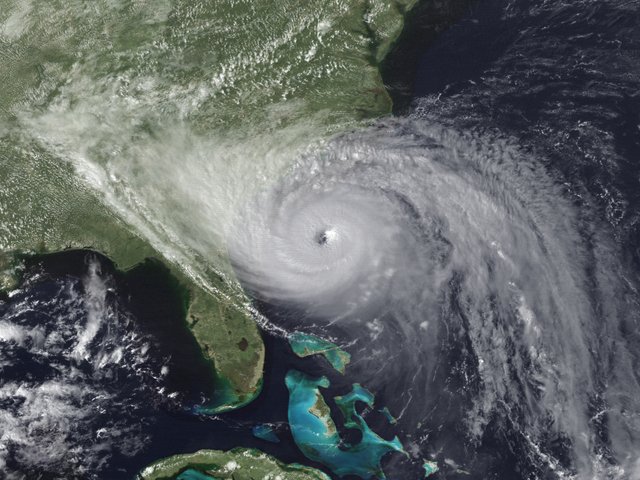
(www.nws.noaa.gov)
For Hurricane Hugo of 1989 my father stayed at my grandmother’s home well north of where the storm was supposed to hit. At the last moment the storm made a northern track shift and landed north of where it was expected. By the time this was known evacuation was not an option.
Flooding from the storm surge entered the bottom story and my father and stepmother had to wear lifejackets in the house and ride it out upstairs. The official high-water mark for the storm of 20.2 was measured in my grandmother’s house. My father was in 1 of 3, out of 99 houses in the neighborhood, that remained standing. The house was a total loss as it shifted on the foundation and there was a 2-3 inch gap where it split in half. You could see the front yard through the house from the backyard.
There were floating docks strewn through the neighborhood and clothing in the remaining tree limbs like some sort of Christmas decoration. Cars floated away. There were ~10 miles of roads with thousands of trees down on between the home and “civilization”. After the storm the USCG landed a helicopter in the side yard to check on survivors.
Hurricane Floyd
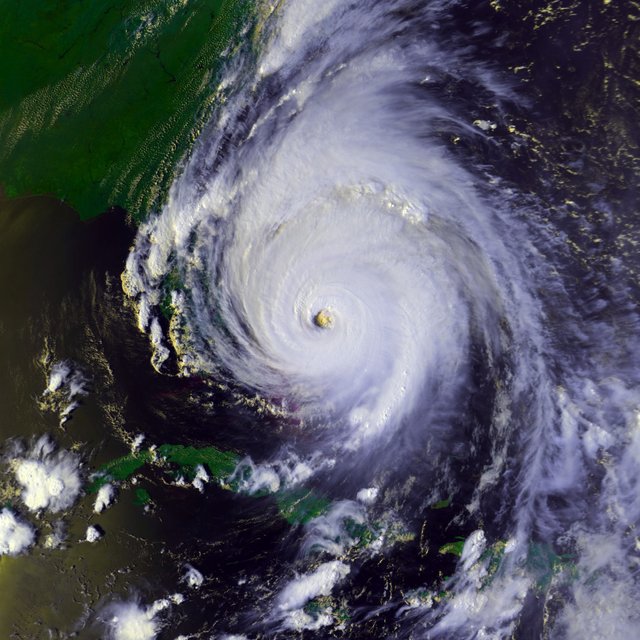
(wikimedia.org)
Hurricane Floyd of 1999 was a massive storm that skirted the entire eastern seaboard. It caused the largest ever peacetime evacuation in the U.S. of 2.6 million evacuees in Florida, Georgia, and the Carolinas. My family evacuated when the order was issued about 2 days before the storm was to hit. A full 24 hours after leaving they had only made it tens of miles from the coast. As vehicles ran out of gas from idling the traffic worsened.
I left when the wind began to significantly pickup. I experienced zero traffic. Upon getting news the storm had continued a north-northeast turn, I turned around and headed back. I was one of the very first routed onto the reversed normally westbound lanes now taking traffic east and home. I was in a sports car a the time and was on cruise control at about 140mph the entire way back on the completely open roads.
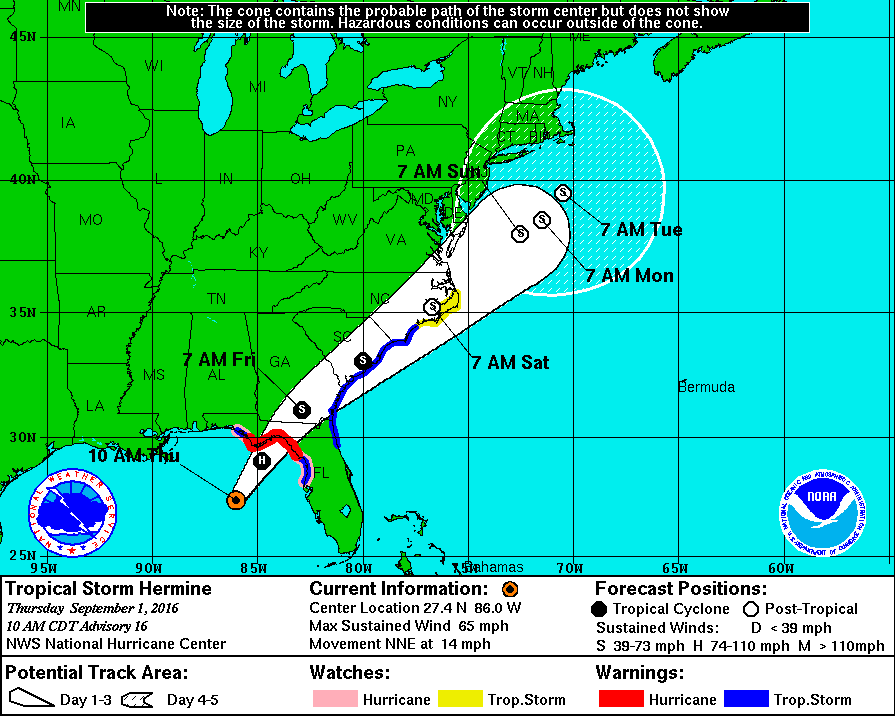
I like this
So insightful
Thanks. Hopefully it is informative and folks find it useful. It is looking like it's gonna be a really active season
Driving home from the gf's. The storm is officially here now :-)
AAAAAAAAAAANNNNNDDDDD I just lost power :-(